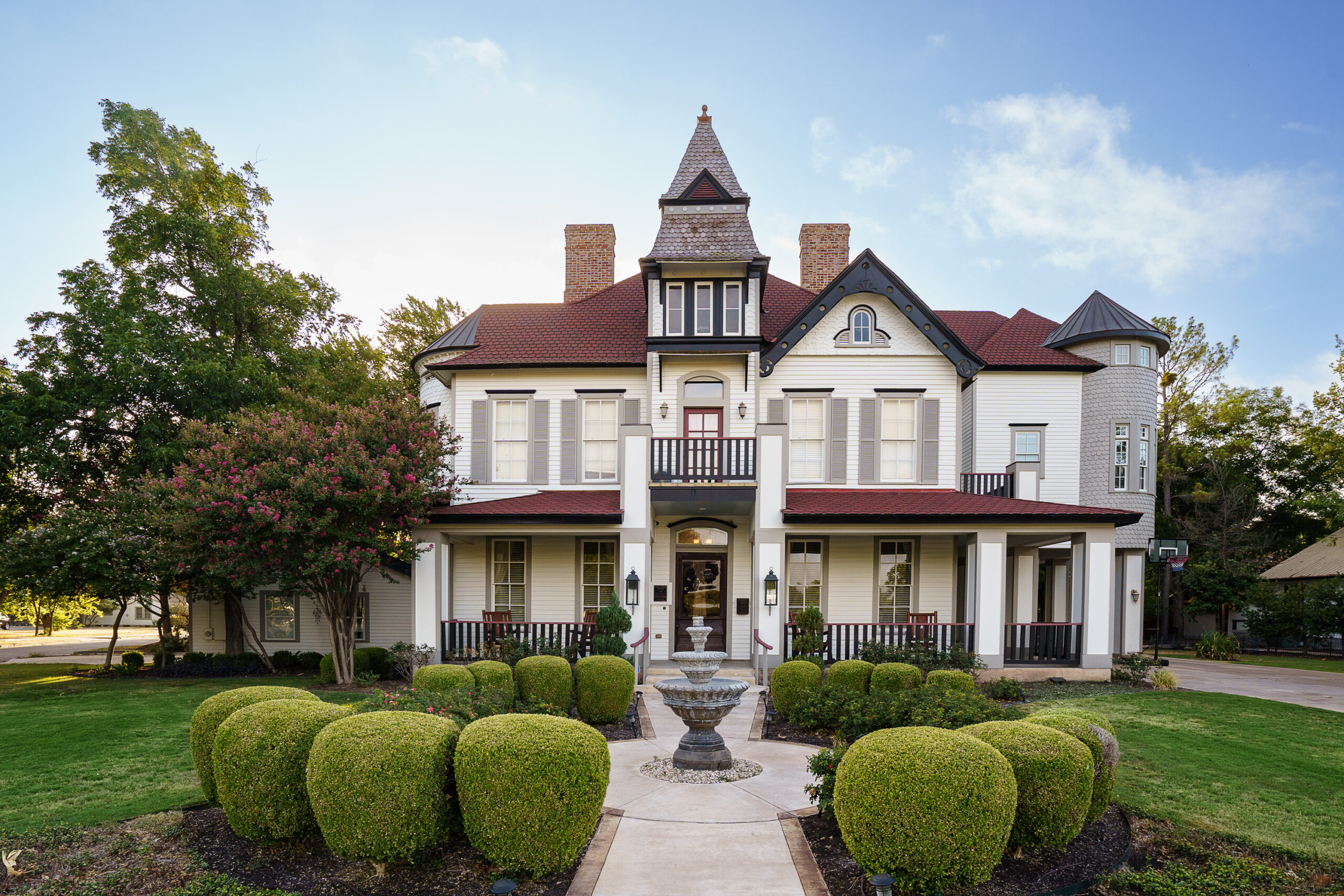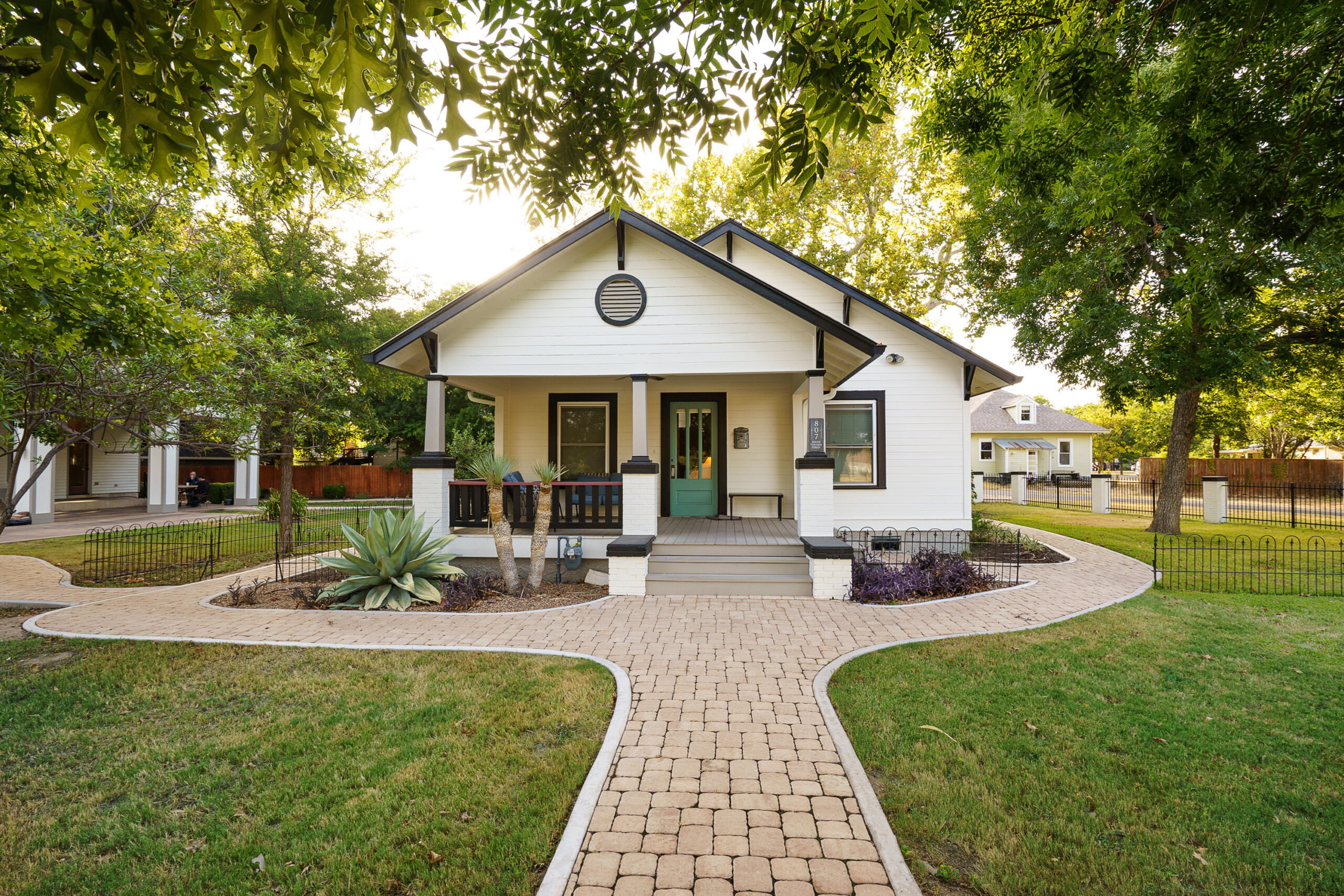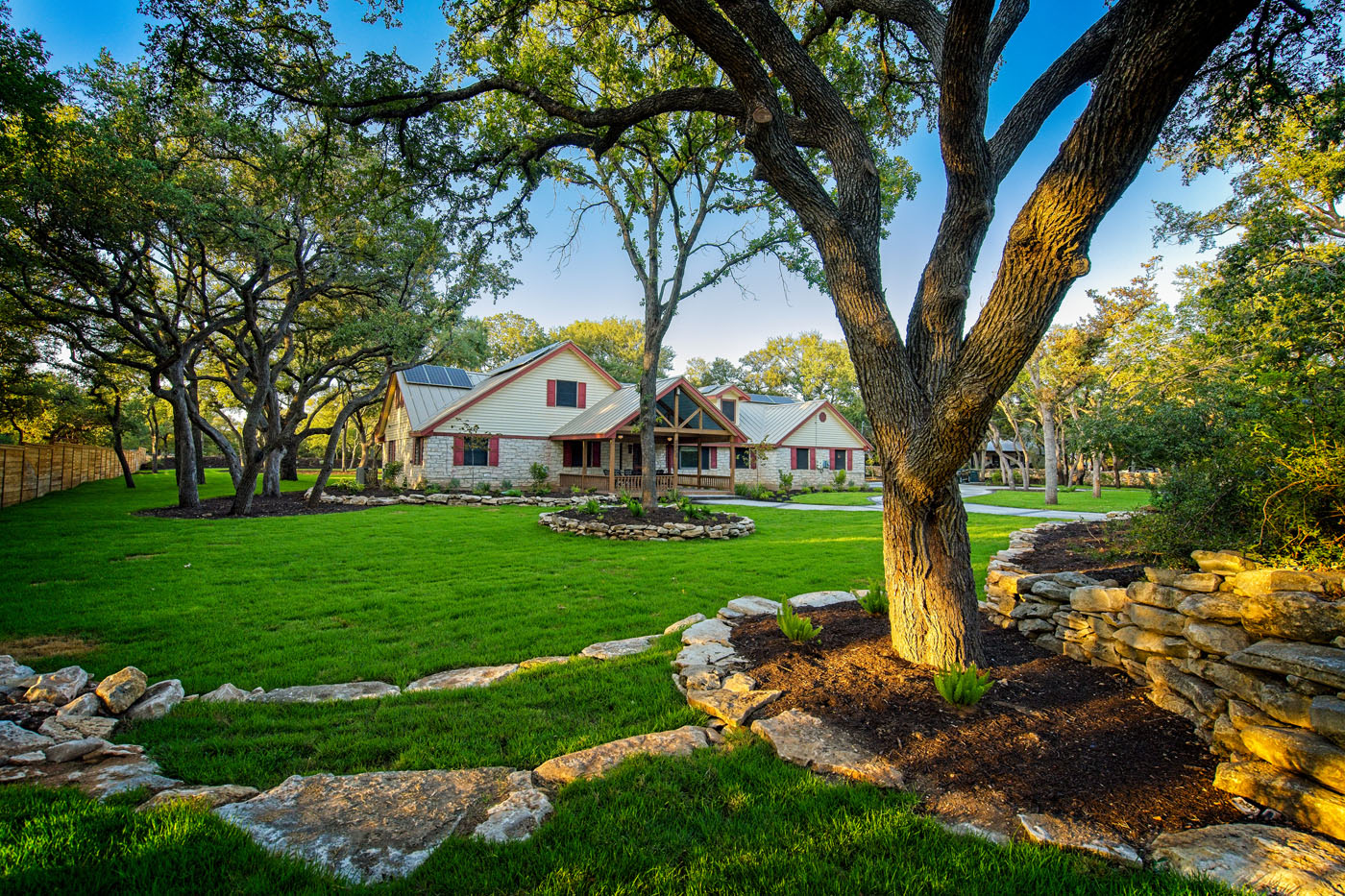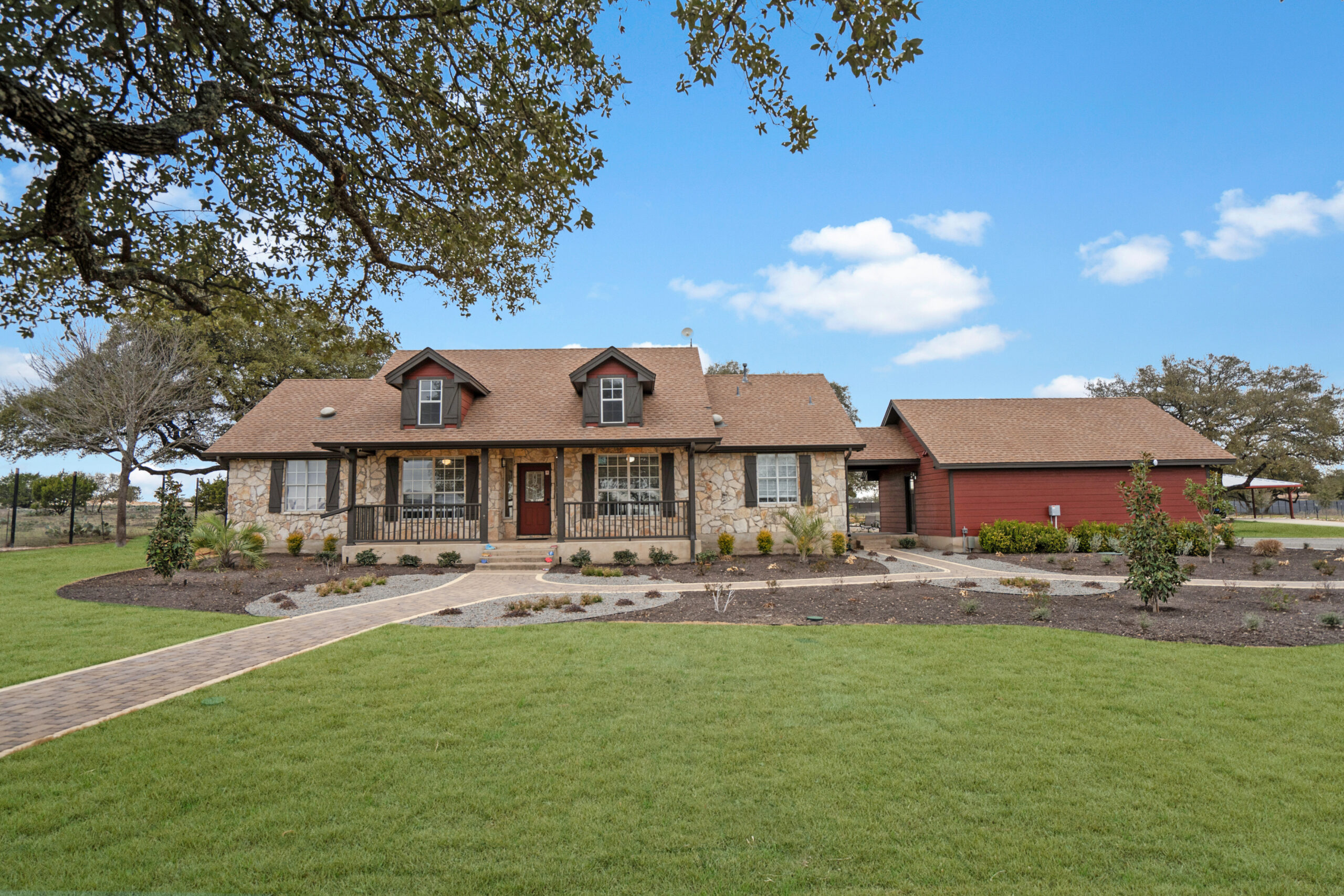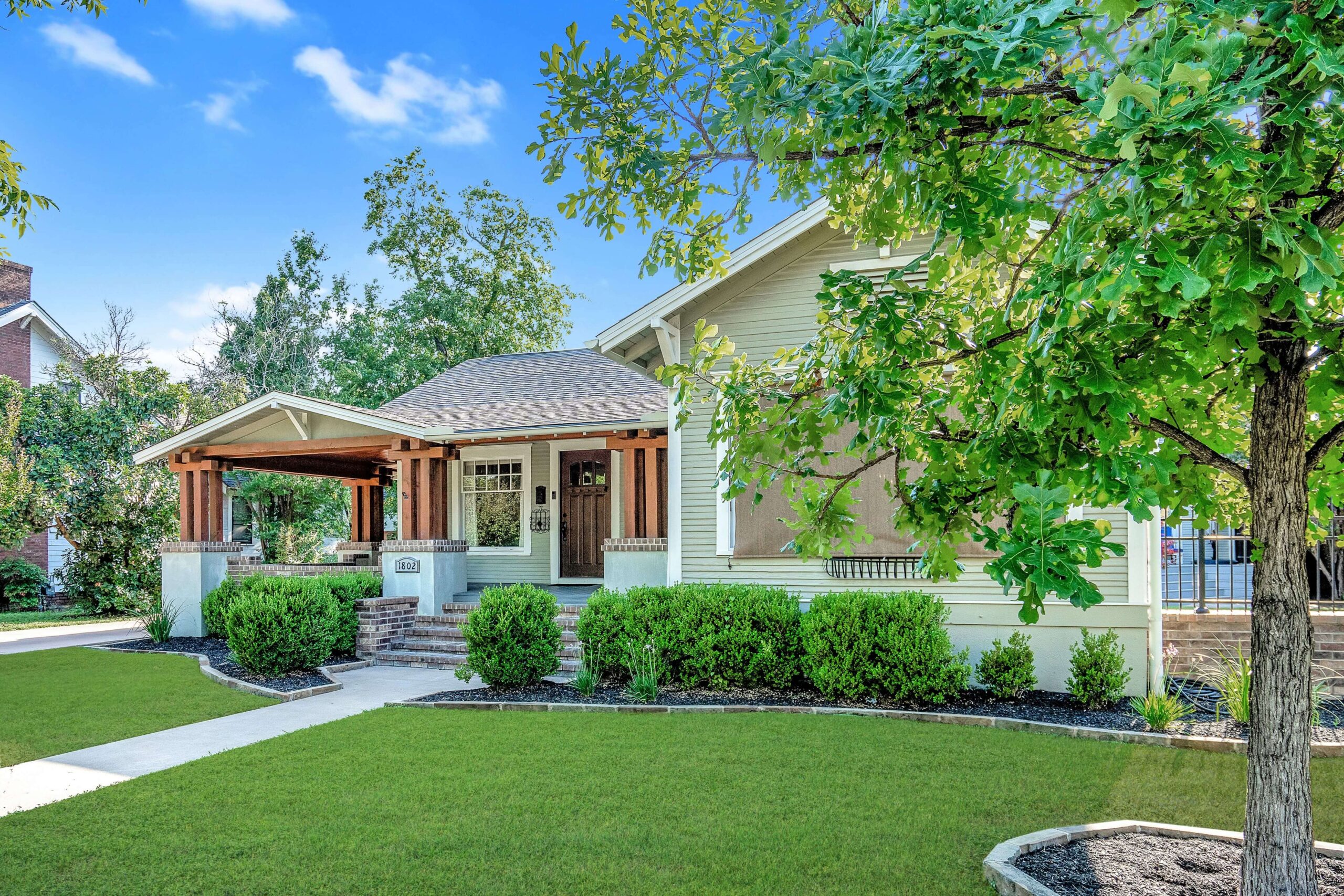BPD Treatment Clinics for Women
Finding effective treatment for Borderline Personality Disorder (BPD) can be a journey filled with both hope and challenges. With specialized bpd treatment clinics women can access tailored care designed to meet their unique needs. These clinics often integrate therapies such as Dialectical Behavior Therapy (DBT), which is widely recognized as an effective modality for treating BPD.
Women’s clinics typically offer a comprehensive suite of services, supporting individuals through both the diagnostic and healing processes. By focusing on emotional regulation and interpersonal effectiveness, these centers help clients develop the skills necessary for lasting recovery. This holistic approach often includes group therapy, individual counseling, and family support as essential components.
How Do Personalized Therapy Options at BPD Clinics Benefit Women?
Personalized therapy is a cornerstone of bpd treatment clinics women frequently utilize. Clinics understand that each individual’s experience with BPD is unique. Therapists work closely with patients to develop a tailored treatment plan that addresses their specific challenges and goals.
Clinics often use a variety of evidence-based therapies including Cognitive Behavioral Therapy (CBT), Acceptance and Commitment Therapy (ACT), and DBT. These therapies teach coping mechanisms, emotion regulation, and improve interpersonal skills. The focus is not only on alleviating symptoms but also on empowering clients to build a meaningful life.
Group therapy sessions provide a supportive environment where women can share experiences and insights, fostering a sense of community and mutual understanding. This collaborative approach aids in reducing feelings of isolation and creates a robust support system.
What Qualifies as a BPD Treatment Clinic for Women?
A bpd treatment clinic for women is distinguished by its specialized focus on treating BPD with an inclusive, gender-sensitive approach. These clinics incorporate comprehensive DBT programs, which are recognized for their effectiveness in managing BPD symptoms.
A top clinic offers:
- DBT-centered programs
- LGBTQIA+ affirming environments
- Supportive family therapy options
- Access to wellness activities
- Insurance and private-pay options
By providing these critical elements, clinics ensure that women receive not only personalized care but also a nurturing environment conducive to growth and recovery.
The Importance of Family Involvement in BPD Treatment
Family engagement is a vital component of successful BPD treatment. Many bpd treatment clinics women attend include family therapy as part of their comprehensive care models. Engaging family members in the healing process helps to create a shared understanding of BPD and the dynamics involved in recovery.
Clinics often offer DBT skills courses for families, ensuring that loved ones learn effective ways to support their relative’s journey towards stability. This education is crucial as it helps families communicate more effectively and reduces misunderstandings that can trigger emotional dysregulation in individuals with BPD.
Sessions are generally conducted virtually, allowing families from diverse locations to participate. This approach not only benefits the individual by building a supportive home environment but also fosters healing and growth within the entire family system.
Through shared learning and participation, families become a key support structure in the individual’s recovery journey.
Exploring Less Commonly Addressed Aspects of BPD Treatment Clinics for Women
While many clinics focus on established treatment modalities, some are expanding their offerings to include underrepresented and innovative therapies. For example, art therapy and holistic nutrition have gained traction in bpd treatment clinics women find beneficial. These methods offer alternative pathways for expressing emotions and achieving mental balance.
The integration of mindfulness practices, such as meditation and yoga, is another emerging trend. These activities not only support traditional therapies but also enhance personal growth by promoting self-awareness and stress reduction.
Recreational outings and community engagement activities are also becoming integral to treatment plans. They provide practical opportunities for women to practice new skills in safe settings, easing the transition back into daily life after treatment.
These innovative approaches reflect a growing recognition of the diverse needs of women with BPD, aiming to provide well-rounded support that addresses both mind and body.
Steps to Choosing the Right BPD Treatment Clinic for Women
Selecting the right clinic can seem daunting, but breaking down the decision into manageable steps can simplify the process. Here are key steps to consider:
- Research: Look for clinics with specialized BPD programs and positive reviews from former clients.
- Consultation: Reach out to clinics for initial consultations to assess their fit with your needs.
- Verify: Check credentials and ensure the clinic’s approaches are evidence-based and up-to-date.
- Accessibility: Consider location, transportation options, and whether virtual services are available.
- Financial Planning: Understand insurance coverage and payment plans to avoid unexpected costs.
By following these steps, you can identify a bpd treatment clinic for women that aligns with your specific needs and preferences, ensuring a supportive path towards recovery.

